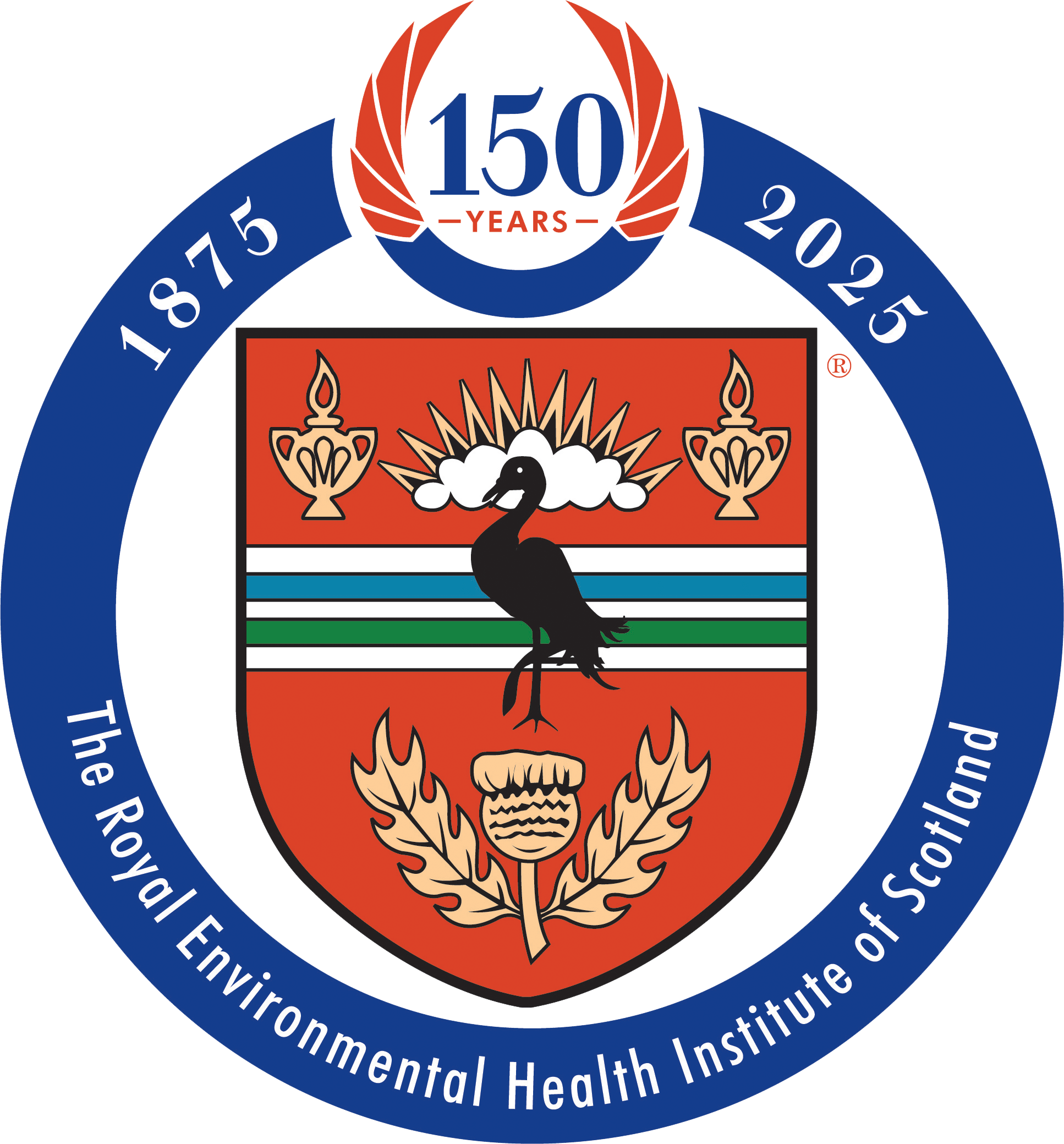The Scottish Environmental Protection Agency (SEPA) has published Official Statistics’ which provide detail of Household Waste collected for all 32 of Scotland’s Local Authorities during 2017,along with additional commentary for the whole of Scotland.
The Statistics’ reveal for the first time, in 2017 that there was more Scottish waste recycled (1.12 million tonnes) than landfilled (1.11 million tonnes).
The household waste recycling rate was 45.6% which is up from 0.6% from 2016. The total amount of household waste generated in Scotland was 2.46 million tonnes in 2017, a decrease of 38,153 tonnes (1.5%) from 2016, while there was a decrease of 24,848 tonnes (2.2%) in household waste disposed to landfil, for the sixth consecutive year.
More than half of Scotland's local authorities improved their recycling rates year on year. Of the 19 councils showing improvement, West Lothian had the largest increase in recycling, up 12.8 percentage points to 61.3% of waste recycled. Figures show Shetland Islands Council had the lowest rate of recycling at 8%, while East Renfrewshire had the highest at 67.1%.
In addition, for the first time the official statistics also show the carbon impact of Scottish household waste generated and managed in 2017. This is a measure developed by Zero Waste Scotland (ZWS) of the whole-life carbon impacts of waste, from resource extraction and manufacturing emissions, right through to waste management emissions. The carbon impact of household waste generated and managed in 2017 was 5.86 million tonnes of carbon dioxide equivalent, which is the equivalent to 1.08 tonnes of carbon dioxide equivalent per person. This was a decrease of 115,938 tonnes of carbon dioxide equivalent (1.9%) from 2016, and a decrease of 904,491 tonnes of carbon dioxide equivalent (13.4%) from 2011.
Official Statistics’ have also been published specifically for all Waste Landfilled and Waste Incinerated within Scotland during 2017.
The total amount of waste landfilled in Scotland in 2017 was 3.83 million tonnes, an increase of 90,816 tonnes (2.4%) from 2016. The increase was primarily due to an increase in the landfill of soils – such as waste soils and rocks from construction sites – which increased by 230,748 tonnes (22.4%) from 2016 to a level consistent with the years 2011-2015.
The total quantity of waste incinerated in Scotland in 2017 was 766,574 tonnes. This was an increase of 83,347 tonnes (12.2%) from 2016, and an increase of 356,515 tonnes (86.9%) from 2011.
Data on waste are collected to monitor policy effectiveness, and to support policy development, particularly commitments in the Scottish Government's Making Things Last – A Circular Economy Strategy for Scotland. Further details on the methodology used to produce the figures are provided in the “Household waste” section of the annual Waste Data Quality Reports.

